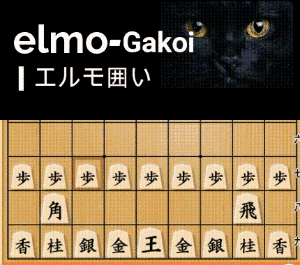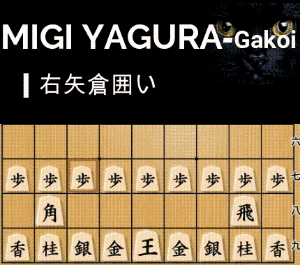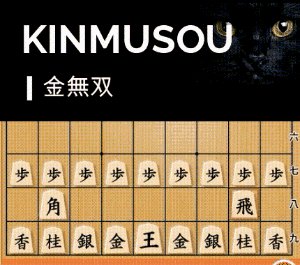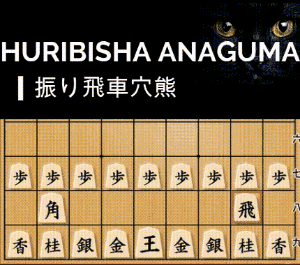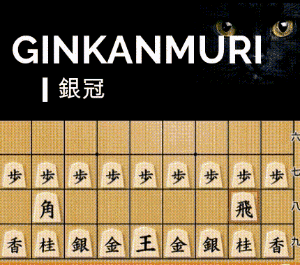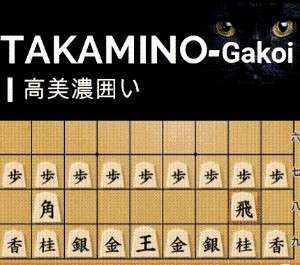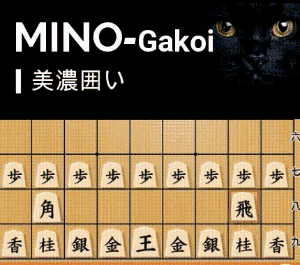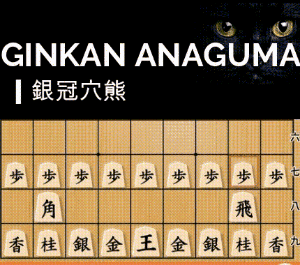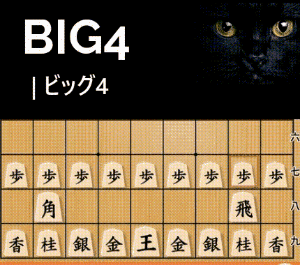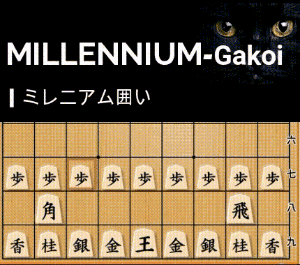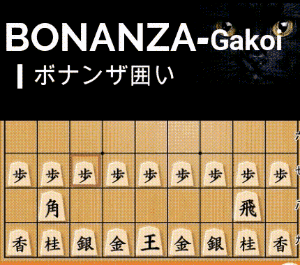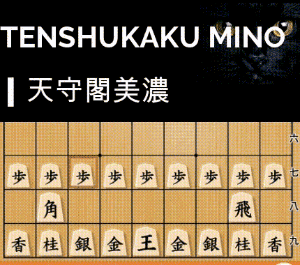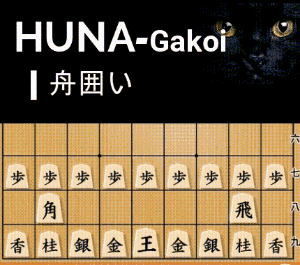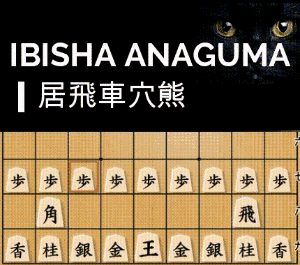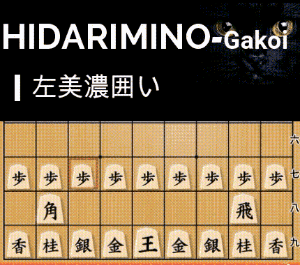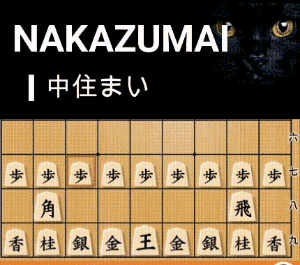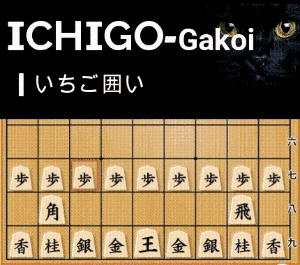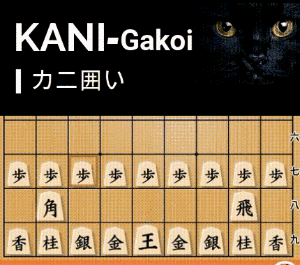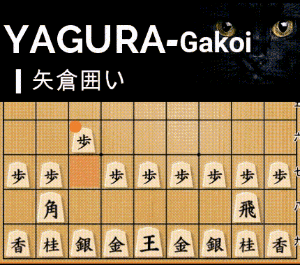How to Counter Primitive Climbing Silver in 4th File Rook Strategies
Learn effective ways to counter the Primitive Climbing Silver attack when playing the 4th File Rook strategy. Master the fundamentals and gain the upper hand against this classic offensive formation.
What is 4th File Rook vs. Primitive Climbing Silver?
If you’re just starting to learn shogi strategies, you’ll likely encounter the 4th File Rook and Climbing Silver as essential openings. For players adopting the 4th File Rook strategy, understanding how to counter the Primitive Climbing Silver is a fundamental step.
This guide explains how to defend effectively against this attack. Note that this article focuses on the Primitive Climbing Silver, but if you’re curious about dealing with other variations like the [Rapid Climbing Silver vs 4th File R], check out our previous guide for deeper insights.
The Basics of Primitive Climbing Silver
The Primitive Climbing Silver involves aligning the rook, silver, and pawn vertically for a straightforward assault, typically targeting the opponent’s Mino Castle or similar formations.
When your opponent has fortified their position with a basic castle (e.g., Boat Castle), simple counter attacks might not suffice. It’s essential to know the proper defensive techniques.
Common Mistakes: Why Primitive Climbing Silver Works
Let’s start with an example where the 4th File Rook player doesn’t counter the Primitive Climbing Silver effectively.
When your opponent pushes their pawn forward (e.g., to the 7th file), it’s a sign they’re initiating the attack. If you exchange pawns too early (e.g., by capturing with your pawn), the opponent’s silver advances aggressively.
By the time their silver reaches the 5th rank, your position is already under heavy pressure. If you try to push back (e.g., by dropping a pawn to block), they’ll often ignore it and keep attacking. The result? Your defensive structure collapses quickly.
The Correct Defense
The key to defending against Primitive Climbing Silver lies in using your rook dynamically.
When your opponent pushes their 7th-file pawn, respond by moving your rook over (e.g., to the 7th rank). This prevents their silver from advancing too far and forces them to reconsider their approach.
Once the pawns are exchanged, your opponent may rotate their rook to the 7th file. Don’t panic—move your bishop back (e.g., to a position like 6-8), protecting your silver while preparing for a counterattack.
This maneuver not only defends your position but also sets up opportunities to attack with your bishop later.
Advanced Counterattacks
When your opponent commits to the attack, you can use tactical plays like “dropping a bishop” or “forcing exchanges” to turn the tables. For example:
- If they promote a rook or capture a pawn, focus on maintaining control of key files.
- Use your castle’s inherent stability (e.g., Mino Castle) to weather the attack while trading their active pieces efficiently.
Even if they manage to promote a minor piece, a well-timed rook drop can create dual threats (e.g., attacking their unprotected silver and targeting their king’s position).
💡Pro Tip: Watch Out for “Focal Pawns”
If your opponent drops a pawn at a critical spot (known as a “focal pawn” tactic), stay calm. This move is meant to disrupt your defense, but it also gives you opportunities for a decisive counter. For instance:
- Use your promoted pieces to cut off their escape routes.
- Leverage your rook and bishop to launch a coordinated attack.
With the right response, you can often gain the advantage despite their aggressive play.



